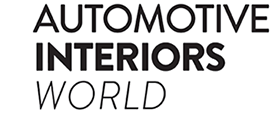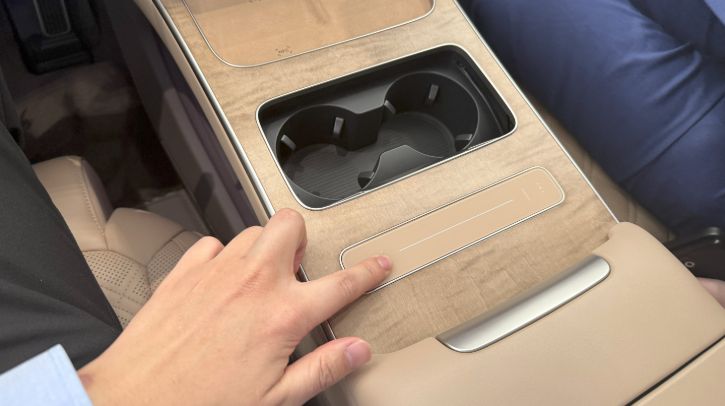Nio, a smart electric vehicle company, has integrated Boréas Technologies’ automotive haptic module into its TUI Bar, the touch area in the Nio ET9 offering highly responsive, tactile feedback in an automotive infotainment system.
Nio’s TUI Bar supports a three-zone design, with the left and right zones controlling the driver and passenger Skyline screens respectively, while the middle zone interacts with the ICS central control screen. Drivers and passengers can use the central control screen in a variety of ways, such as adjusting the progress of songs, selecting media and controlling the volume. The TUI Bar also supports tapping for rewind or fast-forward, as well as different functionality for up to three-finger usage.
“Nio ET9’s TUI Bar touch area is a benchmark achievement in user interface design,” said Felix Wu, head of digital space experience team and expert, experience manager in digital product experience department, Nio. “Enabled by Boréas’ automotive haptic module, it’s an ultra-responsive, richly textured platform that enhances the overall feeling of luxury you experience when you’re driving Nio ET9.”
“Instead of using older LRA technology, which produces a mushy tactile sensation at best, Nio’s TUI Bar uses Boréas’ piezo haptic technology to best advantage, rendering crisp and reassuring touch feedback that rapidly confirms driver-selected functionality through an elegant touch interface,” added Wu.
“Nio is the worldwide leader in developing and adopting the most technologically advanced functionality in tech-luxury EVs,” said Simon Chaput, president and founder, Boréas Technologies. “By integrating Boréas’ automotive haptic module into the TUI Bar in the Nio ET9, Nio has taken haptic feedback in cars, and user satisfaction, to a phenomenal new level. In doing so, Nio is also promoting safer driving because drivers who experience realistic tactile confirmation on a touch platform keep their eyes on the road instead of on a screen. Nio has proved that it’s possible to achieve exceptional user experience, outstanding industrial design and a safe driving experience in the same car. By doing so, they’ve set a new high point in the future of automotive interior design.”
In related news, BMW Group Sound Design Studio recently developed a sound concept for the next generation of BMW vehicles scheduled for launch in 2025. Click here to read the full story.



